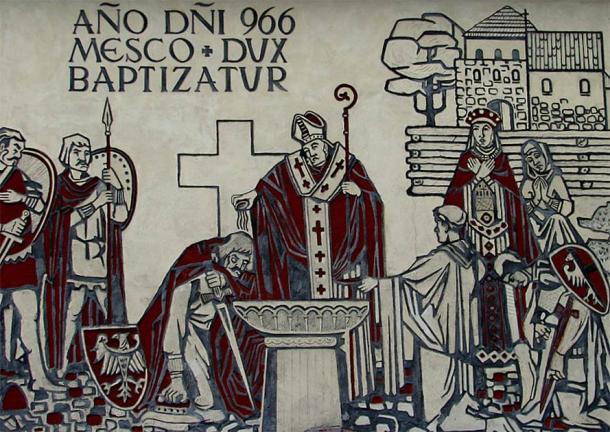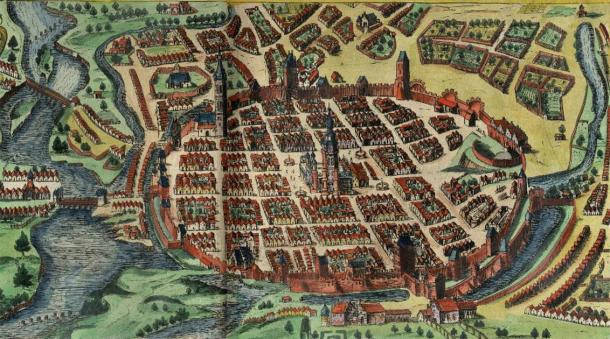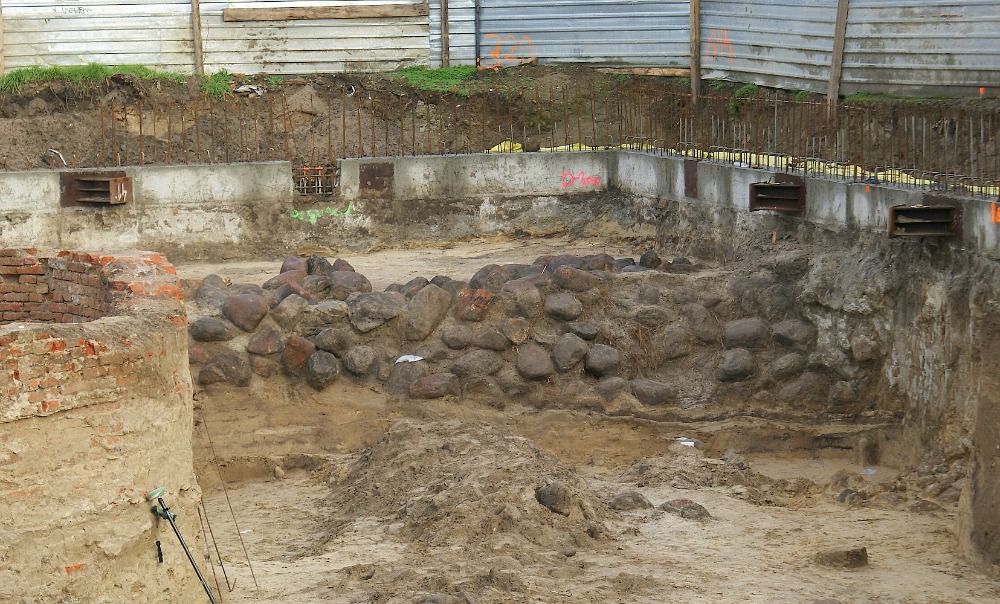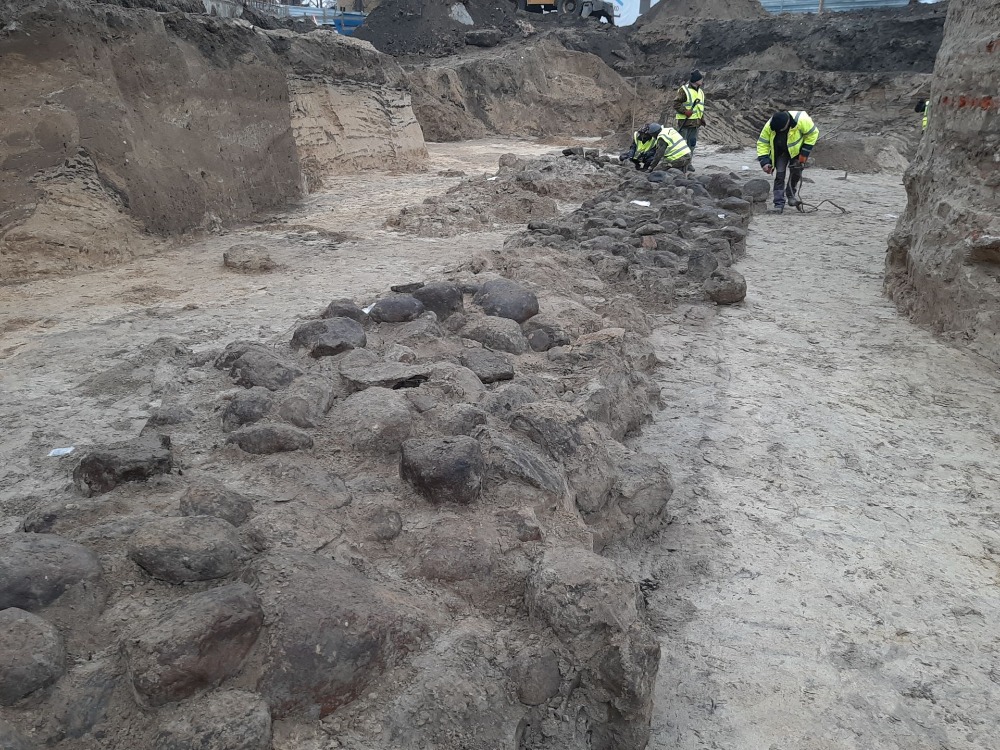Thousand-year-old walls change previous assumptions about Poland's first capital
Categories: Finds and rescue research abroad , Nálezy nejenom s detektorem kovů ve východní Evropě
In Poznan, Poland, archaeologists have discovered part of a defensive wall from the late 10th century. A rescue survey prior to the construction of a new apartment building discovered a massive stone and wooden wall seven metres below the current ground level. The new discovery is likely to rewrite the history of Poland.
The uncovered section of the wall is almost 40 metres wide and 12 metres high in total; it is the largest medieval defensive wall ever found in Poland. Dendrochronological analysis of the oak sections of the wall revealed that the walls were built in stages over a period of about three decades. The oldest wood came from a tree felled between 968 and 970, when the construction of the walls began. The second sample is ten years younger, the next one dates from 986 and the last one from 1000.
Poznań was founded as a defensive fortress on an island between the Warta River and its tributary the Cybina in the 8th or 9th century by the Slavic Polanyi. It is one of the oldest cities in Poland. It was an important political, military and religious centre at the dawn of the Polish state. Prince Mieszko I (935 - 992), as the first Christian ruler of Poland, was baptized in Poznan (in an effort to resist German pressure, he needed allies - the Czech Přemyslids. He had to be baptized in order to marry Doubravka, the daughter of Bohemian Prince Boleslaus I). The first Christian city was therefore Poznan. Also the first Polish bishop accepted Poznań as his episcopal seat. At the end of the 10th century, the first Polish cathedral was built here...
The discovery of such a massive wall proves that the southern part of the ducal palace was much larger than originally thought and that the city it defended was indeed of considerable importance. Considering the fact that such strong fortifications were not common and that the defensive infrastructure of Poznan consisted of three fortified"rings", it is possible that Poznań may indeed have been the first capital of the country, instead of Hvězdno, as has been assumed until now.
"Until recently we believed that Poznań was a seat of secondary importance. However, in view of the discovery of a massive defensive wall, this claim is highly questionable. Early medieval Poznań was in fact the strategic centre and Christian capital of Poland under Mieszko I,"said Antoni Smoliński, head of the archaeological excavations.
Roman Němec

baptism of Mieszko I.

Poznań in 1617

remains of the defensive wall

The largest walls uncovered so far in Poland are 40 metres wide and 12 metres high
Sources: thehistoryblog.com, archaeology-world.com
The article is included in categories: